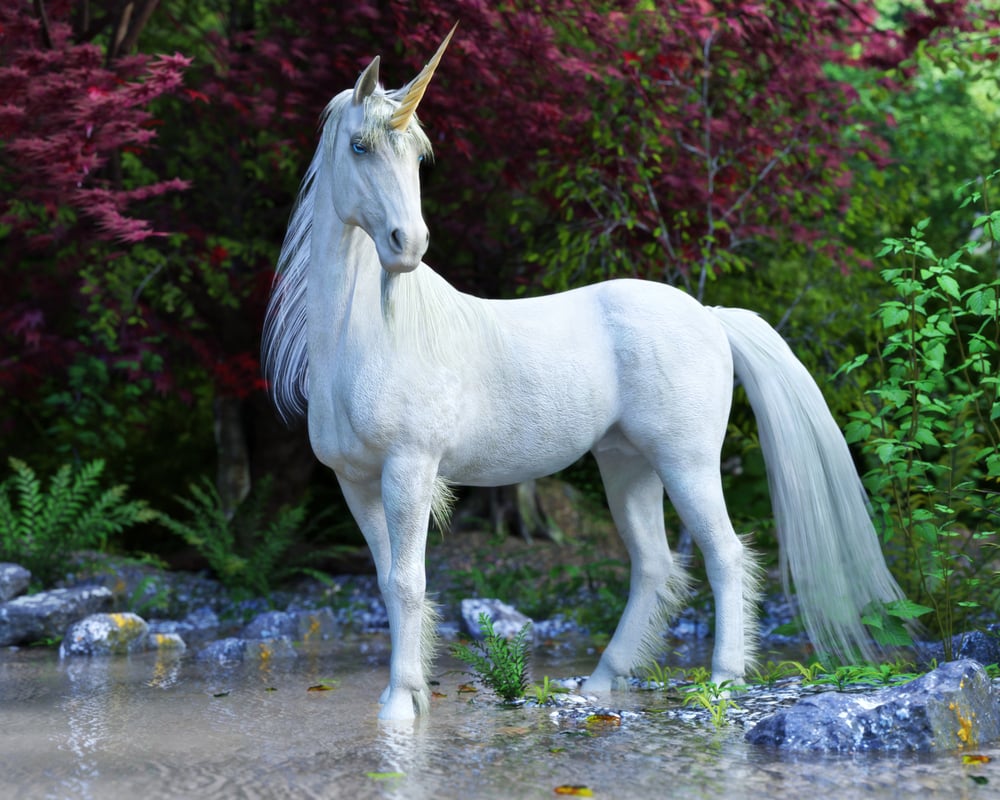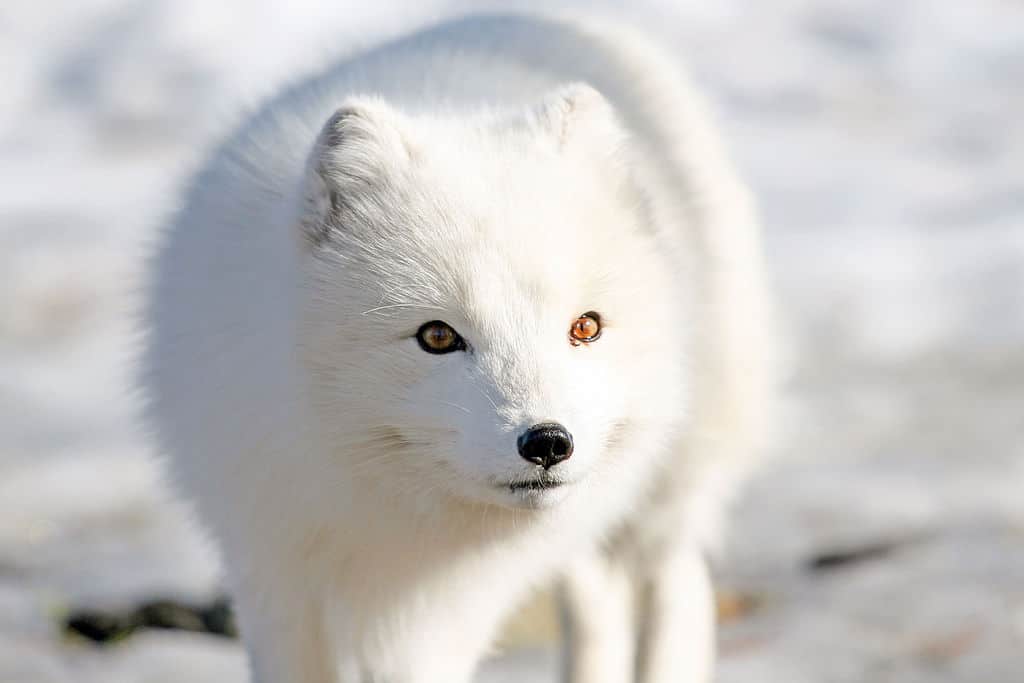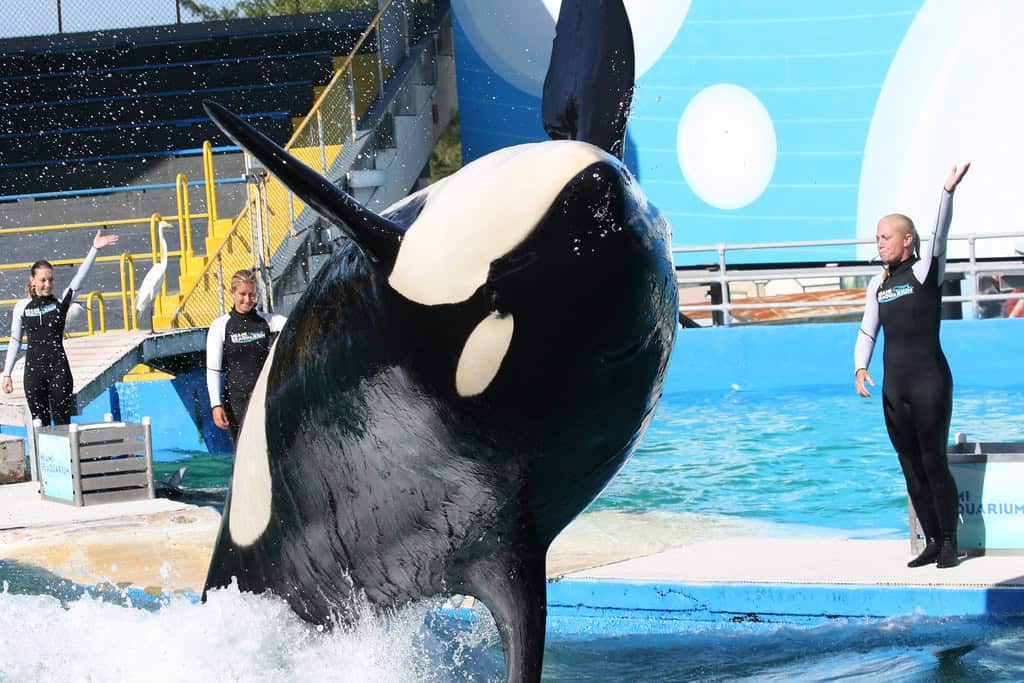From the majestic dragons of “Game of Thrones” to the talking lions in “The Chronicles of Narnia,” fantasy films have captivated audiences with extraordinary animal characters that blur the line between reality and imagination. These creatures, while often inspired by real-world counterparts, are typically enhanced with magical abilities, human-like intelligence, or exaggerated physical features that diverge significantly from biological reality. This fascinating intersection of zoological fact and creative fiction offers a unique lens through which to explore both our understanding of the animal kingdom and our cultural imagination. This article examines popular animal portrayals in fantasy cinema alongside their real-world counterparts, revealing surprising truths about both the scientific realities of animal biology and the creative liberties filmmakers take in bringing fantastical creatures to life.
Dragons: Fire-Breathing Fantasy vs. Komodo Reality

Perhaps no fantasy creature has captured human imagination quite like the dragon. From Smaug in “The Hobbit” to the magnificent beasts in “How to Train Your Dragon,” these creatures typically appear as massive, winged, fire-breathing reptiles with formidable intelligence. Fantasy dragons often possess magical abilities, can fly despite their enormous size, and command elements like fire or ice. Their depictions vary across cultures, with Western dragons typically portrayed as destructive forces while Eastern dragons are often symbols of wisdom and good fortune.
In reality, the closest living relatives to these mythical beasts are komodo dragons (Varanus komodoensis), the world’s largest lizards. Growing up to 10 feet long and weighing around 150 pounds, these reptiles are impressive but lack the supernatural qualities of their fictional counterparts. Komodo dragons cannot breathe fire or fly, and while they are apex predators with a venomous bite containing toxic proteins, they hunt using stealth rather than overwhelming force. Scientists believe the dragon myths may have originated from ancestral human encounters with large reptiles, fossil discoveries of dinosaur bones, or exaggerated tales of komodo dragons and crocodiles, demonstrating how real animals often provide the foundation for even our most fantastical creations.
Unicorns: Magical Equines vs. Real Horses

Unicorns appear frequently in fantasy films as pure white horses with a single spiral horn protruding from their foreheads, often possessing magical healing powers or representing purity and grace. Films like “The Last Unicorn” and the “Harry Potter” series portray these creatures as rare, elusive beings with mystical properties. Fantasy unicorns typically possess heightened intelligence, magical abilities, and an otherworldly beauty that sets them apart from ordinary animals.
The biological reality is that no horse species naturally develops a single horn. Real equines, including horses (Equus ferus caballus), zebras, and donkeys, are hoofed mammals that evolved as grazing animals with complex social structures. The unicorn myth may have originated from sightings of animals with natural or artificial horn anomalies, misidentifications of rhinoceroses, or narwhal tusks that were traded as “unicorn horns” during medieval times. Interestingly, recent genetic research suggests that a single-horned deer-like animal called Elasmotherium sibiricum, sometimes referred to as the “Siberian unicorn,” coexisted with early humans until about 39,000 years ago, potentially influencing unicorn legends even though it more closely resembled a furry rhinoceros than a horse.
Talking Animals: Anthropomorphic Characters vs. Animal Communication

Fantasy films frequently feature animals that speak human languages, reason like people, and display human emotions and motivations. From the wise lion Aslan in “The Chronicles of Narnia” to the animals in “Charlotte’s Web,” these anthropomorphic characters often serve as moral guides, comic relief, or protagonists with complex emotional journeys. These talking animals typically wear clothes, live in human-like dwellings, and participate in society in ways that mirror human culture while retaining some aspects of their animal nature.
In reality, animal communication is sophisticated but fundamentally different from human language. Species like chimpanzees can learn limited sign language, and dolphins use complex whistles and clicks that may function as names. Parrots can mimic human speech but generally don’t understand the semantic meaning of words. Scientific research has revealed that many animals, from elephants to ravens, possess more advanced cognitive and communicative abilities than previously thought. However, no known species has developed the abstract symbolic language, complex grammar, or meta-cognitive abilities that characterize human speech. The gap between fantasy talking animals and real animal communication highlights both our desire to connect with other species and the unique evolutionary path of human language.
Giant Monsters: Colossal Creatures vs. Biological Constraints

Fantasy and science fiction films frequently feature impossibly large animals, from the massive apes of “King Kong” and “Rampage” to the colossal creatures in “Pacific Rim” and “Godzilla.” These gigantic beasts typically possess strength proportional to their size, can destroy buildings with ease, and somehow support their enormous frames while moving with surprising agility. Filmmakers often use these oversized animals to symbolize humanity’s complicated relationship with nature or as metaphors for technological and environmental threats.
Biological reality imposes strict limitations on animal size. The square-cube law dictates that as an animal’s size increases, its volume (and thus weight) grows much faster than the cross-sectional area of its supportive structures like bones and muscles. This is why the largest land animals like elephants have thick, column-like legs rather than the more graceful proportions of smaller mammals. The largest animal ever known, the blue whale (Balaenoptera musculus), can reach lengths of 100 feet and weights of 200 tons, but it lives in the ocean where buoyancy helps support its mass. On land, the largest animals were dinosaurs like Argentinosaurus, estimated at 70-80 tons—impressive, but nowhere near the city-destroying titans of fantasy films. These biological constraints demonstrate why truly gigantic monsters could never exist as depicted in cinema.
Shapeshifters: Magical Transformation vs. Natural Adaptation

Shapeshifting creatures appear frequently in fantasy cinema, with werewolves being perhaps the most iconic example. Films like “An American Werewolf in London,” “Underworld,” and “The Twilight Saga” depict humans transforming into wolf-like creatures, usually during the full moon or at will. These transformations typically involve dramatic physical changes—bones breaking and reforming, muscle mass increasing, and fur sprouting from skin—all occurring within minutes. Other fantasy shapeshifters include characters who can assume multiple animal forms or completely change their appearance at will.
In nature, no animals can rapidly transform their body structure as dramatically as fantasy shapeshifters. However, many species do undergo remarkable physical changes throughout their lives. Amphibians like frogs undergo metamorphosis from aquatic tadpoles to terrestrial adults, completely reorganizing their bodies and internal organs. Some insects transform from crawling larvae to flying adults through complete metamorphosis. Certain fish can change sex when social conditions demand it. Even some mammals, like arctic foxes and snowshoe hares, change their coat color seasonally. These natural transformations, while impressive, occur gradually through complex biological processes rather than the instantaneous magical changes depicted in fantasy films. The werewolf myth may have originated from medical conditions like hypertrichosis (excessive hair growth) or from psychological disorders that cause people to believe they can transform into animals.
Fantasy Hybrids: Mythical Combinations vs. Genetic Limitations

Fantasy films often feature hybrid creatures that combine features from multiple species, such as centaurs (half-human, half-horse), mermaids (half-human, half-fish), and griffins (part eagle, part lion). Movies like “Harry Potter,” “The Chronicles of Narnia,” and “Percy Jackson” showcase these composite beings as fully functional organisms with cohesive anatomies and behaviors that blend aspects of their constituent species. These hybrids typically possess the strengths of both parent species while somehow avoiding the mechanical and physiological conflicts that would arise from combining such different body plans.
Biologically, creating viable hybrids between distantly related species is impossible due to genetic incompatibility. Even closely related species that can interbreed, like horses and donkeys producing mules, often result in sterile offspring. The physiological systems of different vertebrate classes (mammals, birds, reptiles, etc.) are so specialized that combining them would create insurmountable conflicts in respiratory, circulatory, and skeletal systems. For instance, a human-fish hybrid would face unsolvable respiratory challenges, as gills and lungs operate on fundamentally different principles. However, genetic chimeras—organisms containing cells from different zygotes—do exist in nature, and limited genetic engineering between species is possible in laboratory settings. These biological realities demonstrate why the seamless hybrids of fantasy films remain firmly in the realm of imagination rather than possibility.
Magical Pets: Supernatural Companions vs. Animal Intelligence

Fantasy films frequently feature animal companions with intelligence and abilities far exceeding their real-world counterparts. From Hedwig the owl in “Harry Potter” to Toothless the dragon in “How to Train Your Dragon,” these magical pets display near-human understanding, emotional complexity, and problem-solving skills. They often form deep bonds with their human counterparts, understand complex instructions, and demonstrate loyalty that transcends typical animal behavior. These relationships frequently serve as emotional anchors for the storyline and reflect idealized versions of human-animal companionship.
While real animals don’t possess magical powers, recent scientific research has revealed surprising cognitive abilities in many species. Dogs can understand hundreds of words and interpret human emotional states, ravens solve complex puzzles demonstrating causal reasoning, and octopuses use tools and recognize individual humans. The emotional bonds between humans and animals are also well-documented scientifically, with neurochemical processes like oxytocin release occurring in both humans and dogs during positive interactions. However, even the most intelligent animals lack the abstract reasoning, moral understanding, and advanced communication shown by fantasy creatures. The disparity between magical film pets and real animal intelligence reflects both our growing scientific appreciation for animal cognition and our persistent desire for deeper connection with the creatures that share our world.
Fantastic Beasts: Imaginary Creatures vs. Cryptozoology

Fantasy films often feature creatures that have no direct real-world counterparts but are presented as undiscovered species existing in hidden corners of our world. The “Fantastic Beasts” series, based on J.K. Rowling’s work, exemplifies this approach with creatures like Nifflers, Bowtruckles, and Thunderbirds. These fictional species are given detailed biological characteristics, behavioral patterns, and ecological niches that make them seem biologically plausible despite their fantastic elements. Similar approaches appear in films like “Avatar,” where alien wildlife is designed with apparent evolutionary consistency.
The field of cryptozoology—the search for animals whose existence lacks scientific verification—represents a real-world parallel to this fictional approach. While most cryptids like Bigfoot, the Loch Ness Monster, and the chupacabra lack scientific evidence, the history of zoology includes several “fantastic beasts” that eventually proved real. The platypus was initially considered a hoax when specimens reached Europe. Giant squids were long thought mythical until carcasses and later live specimens confirmed their existence. The coelacanth, a “living fossil” fish, was thought extinct for 65 million years until discovered alive in 1938. These examples demonstrate how the line between fantasy and reality in animal discovery remains fluid, with approximately 15,000-18,000 new species still identified annually, primarily insects and marine organisms. However, the complex, large vertebrates of fantasy films remain biologically implausible given modern surveying technologies and ecological knowledge.
Flying Creatures: Aerial Fantasy vs. Aerodynamic Reality

Fantasy films regularly feature impossible flyers that defy the laws of aerodynamics. Dragons, flying horses (like Pegasus), giant eagles, and other fictional aerial creatures often possess body structures that could never generate sufficient lift or propulsion for flight. Movies like “How to Train Your Dragon,” “The NeverEnding Story” (featuring Falkor the luck dragon), and “The Lord of the Rings” with its giant eagles show massive creatures flying effortlessly, carrying heavy loads, and performing aerial maneuvers that would be physically impossible given their body mass and wing structures.
In reality, flight imposes strict biological constraints. The largest flying bird ever discovered, Pelagornis sandersi, had a wingspan of 20-24 feet but weighed only about 50 pounds thanks to hollow bones and other adaptations. The heaviest flying bird alive today, the great bustard, weighs about 40 pounds. Flying requires an optimal ratio of wing surface area to body weight, which is why truly giant flying creatures cannot exist. The largest flying animals ever were pterosaurs like Quetzalcoatlus, with wingspans of 36 feet, but even these had lightweight hollow bones and body structures that maximized lift while minimizing weight. The physical impossibility of fantasy flyers highlights how filmmakers prioritize visual spectacle and narrative function over biological accuracy, creating memorable creatures that inspire wonder precisely because they transcend natural limitations.
Intelligent Predators: Strategic Hunters vs. Instinctive Behavior

Fantasy films often portray predatory animals with near-human levels of strategic thinking and malevolent intent. From the calculating velociraptors in “Jurassic Park” to the vengeful shark in “Jaws” or the cunning snakes in “Harry Potter,” these creatures are depicted planning complex attacks, holding grudges, and even seeming to enjoy the suffering of their prey. They frequently target specific individuals based on past interactions and demonstrate problem-solving abilities far beyond their real counterparts, making them more frightening antagonists by attributing human-like motivations to their predatory behavior.
While real predators can be remarkably sophisticated hunters, their behavior is primarily driven by instinct, opportunity, and energy efficiency rather than complex emotions or revenge. Wolves hunt cooperatively using sophisticated pack tactics, orcas develop culturally transmitted hunting techniques specific to their pod, and octopuses can solve puzzles to access prey. However, these behaviors evolved to maximize hunting success and minimize risk, not to satisfy emotional desires. Real predators generally avoid unnecessary confrontation and rarely target specific individuals unless they’re identified as vulnerable prey. They don’t hold grudges or derive satisfaction from killing—they simply seek to survive efficiently. The gap between fantasy predators and their real counterparts reveals our tendency to anthropomorphize animal behavior, projecting human psychology onto creatures that operate under fundamentally different biological imperatives.
Fantastical Ecosystems: Magical Environments vs. Ecological Reality

Fantasy films often create entire ecosystems populated by imaginary creatures with intricate biological relationships. Films like “Avatar,” “The Dark Crystal,” and “Fantastic Beasts” present complex magical environments where fictional species interact in ways that parallel natural ecological systems while incorporating supernatural elements. These fantasy ecosystems frequently feature improbable concentrations of large predators, impossible food chains, or biologically incompatible species coexisting in harmony. They often serve as metaphors for environmental themes or provide visually stunning backdrops for the narrative.
Real ecosystems operate under strict biological and physical constraints. Energy transfer between trophic levels is inefficient, with only about 10% of energy passing from one level to the next, limiting the number of large predators an ecosystem can support. Species evolve in response to selective pressures in their environment, developing specific adaptations to their ecological niches. Invasive species can devastate ecosystems precisely because natural systems develop balanced relationships over evolutionary time. The most biodiverse real ecosystems, like tropical rainforests and coral reefs, achieve their complexity through millions of years of coevolution and specialization rather than magical properties. While fantasy ecosystems may seem more vibrant and dramatically interesting than reality, actual biological systems display equally fascinating complexities when examined closely, with intricate relationships and adaptations that have inspired many of our most creative fictional worlds.
Conclusion: The Valuable Interplay Between Fantasy and Reality

The stark contrasts between fantasy film animals and their real-world counterparts reveal much about both creative storytelling and biological science. Fantasy creatures fulfill our deep psychological desires for connection with the natural world, allowing us to explore human themes through non-human characters while satisfying our fascination with the extraordinary and impossible. These fictional representations, while scientifically inaccurate, serve important cultural and narrative functions by embodying our hopes, fears, and values in compelling visual forms.
Meanwhile, real animals continually surprise us with abilities that sometimes approach the seemingly magical—from the camouflage of the cuttlefish to the bioluminescence of deep-sea creatures and the intelligence of corvids and cetaceans. These natural marvels remind us that the line between reality and fantasy is often thinner than we think. Scientific exploration deepens our understanding of these abilities, inspiring both awe and creative imagination. In turn, fantasy media often rekindles public interest in wildlife and conservation, creating a virtuous cycle where fiction and science feed one another.
Ultimately, the interplay between fantasy and reality highlights humanity’s dual role as both storyteller and steward of the natural world. By appreciating the wonders of real animals and embracing the creative potential of fantasy creatures, we enrich our understanding of life’s diversity and our place within it. In both realms, animals—real or imagined—serve as mirrors reflecting our curiosity, creativity, and enduring bond with the living world.
- This State Has the Most Bird Species - August 18, 2025
- The Living Fossils of Australia: These Ancient Creatures Defy Evolution - August 18, 2025
- How the Garden Snail is One of the Slowest Creatures on Earth - August 18, 2025

